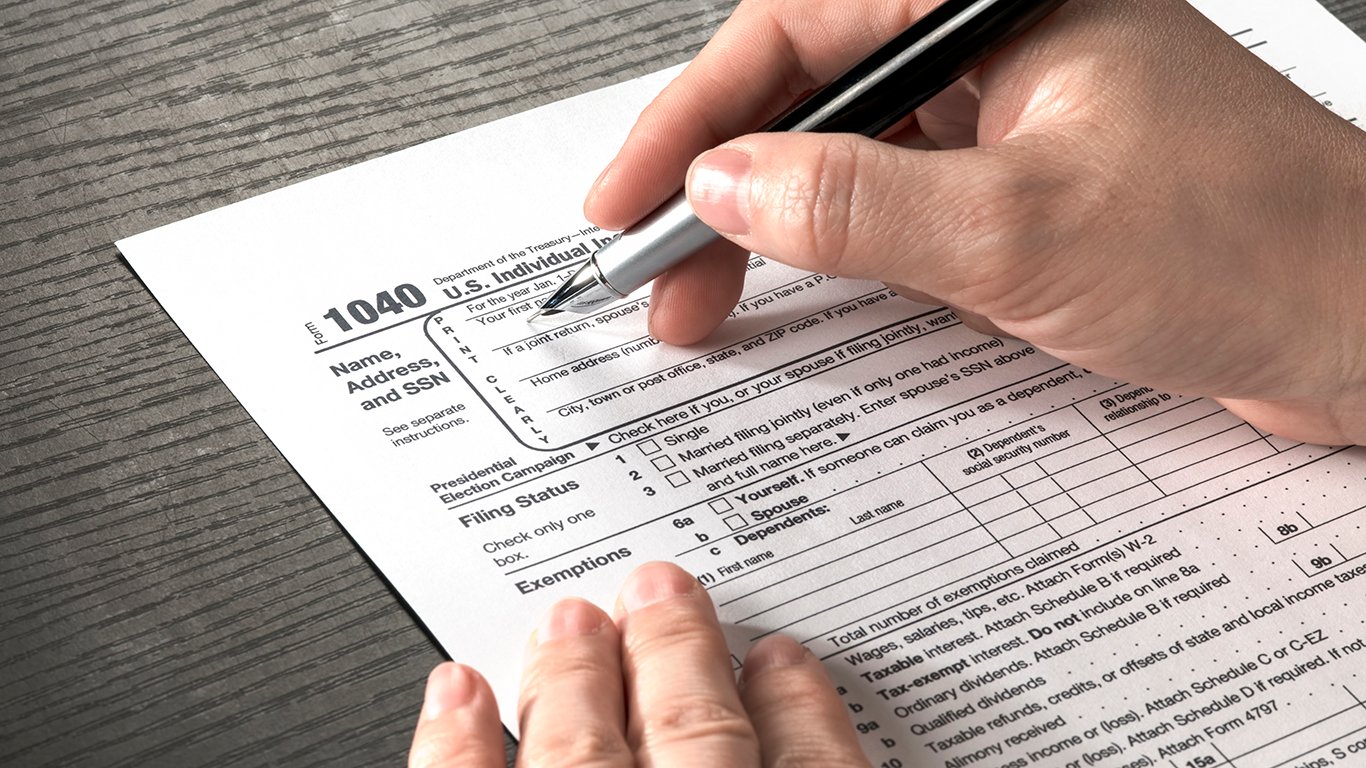

There is a market adage that a rising tide lifts all ships. In short, a rising stock market is supposed to lift all stocks. The reality is that it doesn’t always work out that way, and sometimes the performance metrics look quite different. JPMorgan Chase & Co. (NYSE: JPM) is supposed to be the best of the largest banks in America, with a fortress balance sheet with total assets of about $2.6 trillion and excellent credit metrics for the bank itself and for its customers. Unfortunately, Jamie Dimon’s bank has so far been handily underperforming the largest bank holding companies during the 2019 rally. Its underperformance may also be a slight drag on the Dow Jones industrial average.
[in-text-ad]
While a stock may be underperforming over a certain period, one simple explanation may be that JPMorgan generally is considered to be the safest of all the big banks today. And, like it or not, big market rallies tend very frequently to lift weaker stocks more than the stable giants. However, weaker companies tend to fall more than the stable companies when the markets are in a major sell-off as well.
Shares of JPMorgan were last seen up about 9% year to date, but the stock is actually down the least among the major banks from a year ago, with a drop of just 7.5%. Timing in performance often appears different from when you first look. Its book value per share increased 5% year over year to $70.35, while tangible book value per share was up 5% to $56.33. JPMorgan has a 52-week trading range of $91.11 to $119.24. The stock has a dividend yield of 3.0%.
Against the broader stock market, the Dow was last seen as up 11% so far in 2019, versus gains of 13% for the S&P 500. Wall Street is still rather bullish on JPMorgan as well, with a Refinitiv consensus analyst target price of almost $116.
Bank of America Corp. (NYSE: BAC) has a similar performance of −7.8% over the past 52 weeks, but it is up 20.3% year to date. This bank has been aided by a larger prominence inside of the huge Berkshire Hathaway stake. Its share price was last seen at $29.50.
Book value per share for Bank of America was $25.13 at the end of the quarter, while tangible book value per common share was $17.91. Its 52-week trading range is $22.66 to $32.45. The dividend yield is 2.0%, and total assets were counted as $2.35 trillion at the end of 2018.
Citigroup Inc. (NYSE: C) is still considered by many investors to be the most speculative of the major banks, with more international exposure. It is actually the leader of the big banks in this view with 26% year-to-date gains. Still, its shares are down 10% from a year ago. The shares were last seen trading at $65.15.
Citigroup reported that it had a book value per share of $75.05 and a tangible book value per share of $53.79 at the end of 2018. It has a 52-week range of $48.42 to $75.24, a dividend yield of 2.7% and total assets of $1.9 trillion at the end of 2018.
Goldman Sachs Group Inc. (NYSE: GS) trades like a bank because it is now regulated as a bank holding company since the government bailouts. It also has faced pressures of its own in 2018 after being caught up in scandals. Outside of the online Marcus effort to lure virtual banking, the reality is that there are no substantial banking efforts for Joe Public with lobbies, drive-thrus and ATM machines around. Goldman Sachs has bounced back by 20% so far in 2019, but it is still down about 25% from a year ago.
The book value per common Goldman Sachs share was $207.36, and tangible book value per common share was $196.64. The stock has a 52-week trading range of $151.70 to $266.49. Its dividend yield is 1.6%, and its shares were last seen at $196.50. It is still not in the $1 trillion club in terms of total assets, as this level was reported as $932 billion at the end of 2018.
Wells Fargo & Co. (NYSE: WFC) continues to face scrutiny from its past treatment of customers, and it is still under a non-growth treatment for its asset base as a result. Still, Wells Fargo is a solid bank that also has a rather strong balance sheet. With its shares down just 8% from a year ago, it has risen over 11% so far in 2019.
Its shares were last seen trading at $51.25. Book value per share was $25.13 at the end of the quarter, while tangible book value per common share was $17.91. The 52-week range is $43.02 to $59.53. The dividend yield is 3.5%. And this bank ended 2018 with about $1.9 trillion in total assets.
Essential Tips for Investing: Sponsored
A financial advisor can help you understand the advantages and disadvantages of investment properties. Finding a qualified financial advisor doesn’t have to be hard. SmartAsset’s free tool matches you with up to three financial advisors who serve your area, and you can interview your advisor matches at no cost to decide which one is right for you. If you’re ready to find an advisor who can help you achieve your financial goals, get started now.
Investing in real estate can diversify your portfolio. But expanding your horizons may add additional costs. If you’re an investor looking to minimize expenses, consider checking out online brokerages. They often offer low investment fees, helping you maximize your profit.
Thank you for reading! Have some feedback for us?
Contact the 24/7 Wall St. editorial team.



